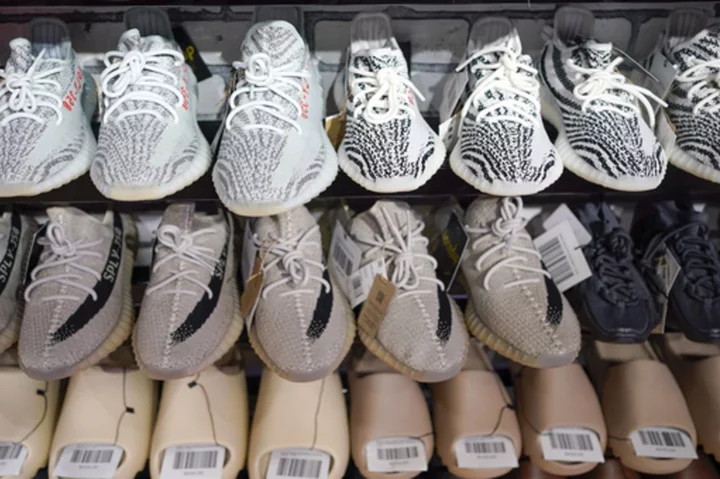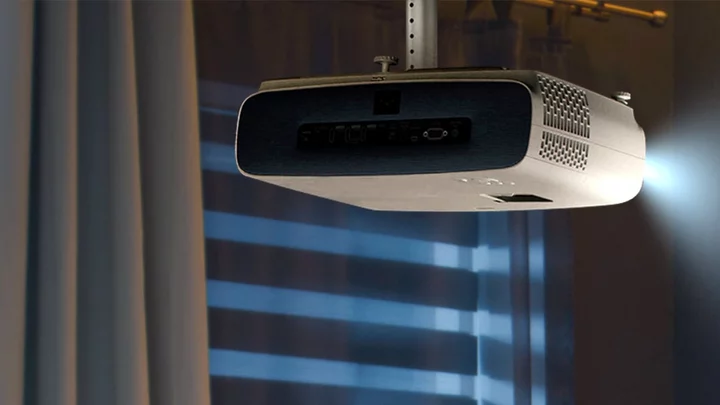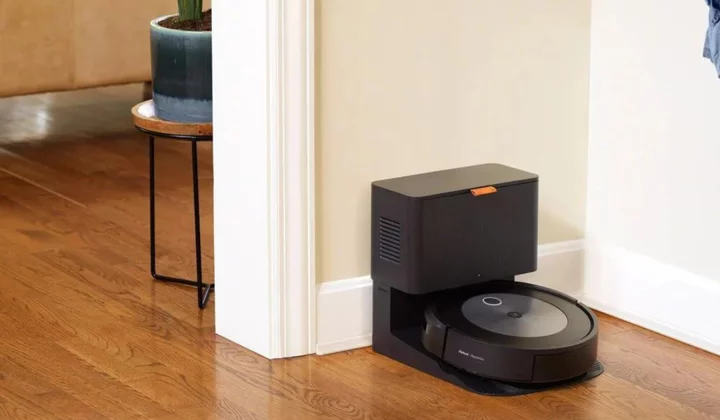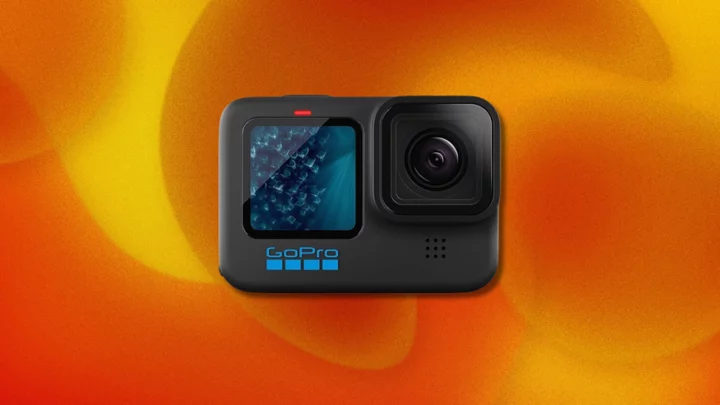The checklist for a safe car trip in the era of climate change goes a little something like this: four-wheel drive to handle more intense rainfall, two-way charging to withstand a blackout, and seatbelts all around because EVs are dangerously heavy. Drivers dealing with wildfire smoke might add one more accessory to the lineup: five small air filters taped to a box fan.
This little Apollo 13 apparatus, which can be plugged into a car’s cigarette lighter, is known as a Corsi-Rosenthal box. It was developed by Richard Corsi, dean of the college of engineering at the University of California Davis, and his buddy Jim Rosenthal during the worst days of the Covid-19 pandemic, when it became clear that school districts weren’t taking air purification seriously. Today, Corsi is similarly irked by the auto industry’s lackluster approach to the air inside its vehicles.
“We can do a lot to improve indoor air quality in cars,” he says. “What’s fascinating is that wildfire smoke seems to have caused a more extreme response than Covid. It suddenly made people realize we’ve got to do something about this.”
In the US, the average person spends about five years of their life in a vehicle, which isn’t the best place to be from a clean-air perspective. Car cockpits contain a stew of volatile and near-volatile chemicals that vent from various plastics and flame retardants. Vehicles also tend to live on roads, which are toxic tunnels of carcinogenic emissions and particulate matter.
And that’s before you factor in wildfire smoke. This year alone, wildfires have raged in countries including Canada, the US and Greece, spewing particles that are both harmful to human health and difficult to siphon out. Even short-term exposure to what’s known as PM2.5 pollution can trigger coughing, stinging eyes, a scratchy throat, a runny nose, chest pain, headaches, asthma attacks, fatigue and breathing difficulties.
Among carmakers, Tesla Inc. was in the vanguard on clean air. The company’s breathlessly named Bioweapon Defense Mode has been on the market since 2016; it recirculates cabin air through a HEPA filtration system, not unlike household air-filter appliances that became popular during the pandemic. “Bioweapon Defense Mode is not a marketing statement, it is real,” Tesla promised when the system debuted. “You can literally survive a military grade bio attack by sitting in your car.”
Big Auto is now playing catch-up as the rest of the industry realizes there’s room for improvement in air filtration — or at least room for revenue. When Mercedes-Benz Group AG unveiled its EQS sedan in the spring of 2021, it also debuted an “energizing air control system” with three layers of filtration. The system, which is available on the carmaker’s newest electric models, catches tiny viruses and cancels smog with activated carbon. When the air outside gets gritty, it automatically seals the cabin.
During a test drive of Mercedes’ new EQE SUV in New Jersey in June, Canadian wildfire smoke had brought the air quality index outside to a whopping 350, on par with the worst breathing conditions in the world. The car cut through that apocalyptic orange haze like a spaceship on a toxic planet, with an in-cabin air quality index of just 23.
“There was a clear consumer demand” for cleaner air, says Christopher Gödde, head of thermal comfort and air quality at Mercedes. “So we are bringing air quality, from a health perspective, to the next level.”
Of course, drivers will have to pay to level up: The Mercedes system is only available on the newest electric models, as a $450 add-on.
BMW AG, meanwhile, entered the air wars two years ago with a similar system. “The trigger for the development was mostly highly polluted, industrial areas like Indonesia and Beijing,” says Andreas Wehrmeier, the company’s head of air quality. “Though there was one guy who was asking for the nanofilter on his historic BMW.”
The BMW system, which is structured around a dense filter of minuscule fibers, isn’t available on the automaker’s most affordable vehicles. BMW’s lower-end air-treatment systems are comparable at first, but lose their efficacy over time. The company says that after two years or so, its high-end system will be 16 times more effective than the standard equipment.
Clean car air may not be a premium perk forever. As consumers wake up to the perils of pollution, more of them will look for car models that can counteract it. There’s also ample precedent for safety features morphing into automotive table stakes. Seatbelts were a rarity until Volvo patented the modern three-point version in 1959, a patent it then made free to the competition.
In the meantime, hardware companies are doing an end-run around dealerships’ air-filtration add-ons. Amazon.com is chock-a-block with aftermarket filters designed to plug into a dashboard and sit on a center console, like a $130 version from Swedish brand Luftrum that looks like a Bluetooth speaker and can scrub a large SUV’s worth of air in under six minutes, according to the company. It’s essentially a fancier Corsi-Rosenthal box.
“We know these things work and they work well,” Corsi says. “It’s not rocket science.”









